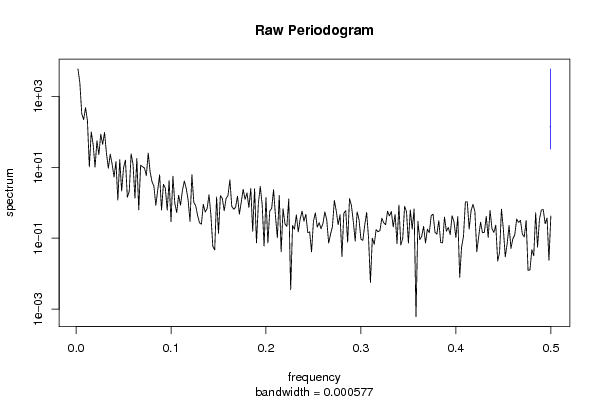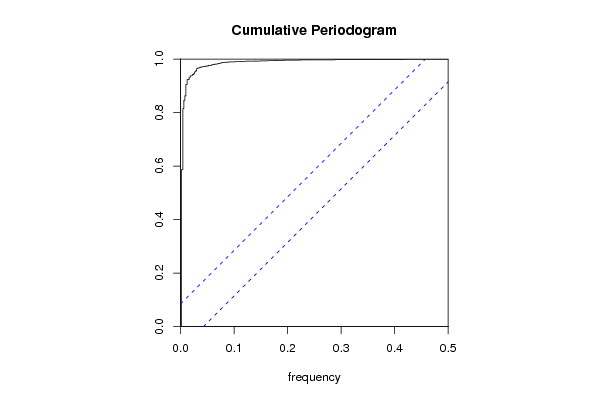Free Statistics
of Irreproducible Research!
Description of Statistical Computation | |||||||||||||||||||||
|---|---|---|---|---|---|---|---|---|---|---|---|---|---|---|---|---|---|---|---|---|---|
| Author's title | |||||||||||||||||||||
| Author | *The author of this computation has been verified* | ||||||||||||||||||||
| R Software Module | rwasp_rwalk.wasp | ||||||||||||||||||||
| Title produced by software | Law of Averages | ||||||||||||||||||||
| Date of computation | Sun, 30 Nov 2008 10:41:02 -0700 | ||||||||||||||||||||
| Cite this page as follows | Statistical Computations at FreeStatistics.org, Office for Research Development and Education, URL https://freestatistics.org/blog/index.php?v=date/2008/Nov/30/t1228066904mac0749sgjbu8xb.htm/, Retrieved Fri, 18 Jul 2025 23:28:23 +0000 | ||||||||||||||||||||
| Statistical Computations at FreeStatistics.org, Office for Research Development and Education, URL https://freestatistics.org/blog/index.php?pk=26639, Retrieved Fri, 18 Jul 2025 23:28:23 +0000 | |||||||||||||||||||||
| QR Codes: | |||||||||||||||||||||
|
| |||||||||||||||||||||
| Original text written by user: | |||||||||||||||||||||
| IsPrivate? | No (this computation is public) | ||||||||||||||||||||
| User-defined keywords | |||||||||||||||||||||
| Estimated Impact | 282 | ||||||||||||||||||||
Tree of Dependent Computations | |||||||||||||||||||||
| Family? (F = Feedback message, R = changed R code, M = changed R Module, P = changed Parameters, D = changed Data) | |||||||||||||||||||||
| F [Law of Averages] [Random Walk Simul...] [2008-11-25 18:40:39] [b98453cac15ba1066b407e146608df68] F [Law of Averages] [q4 / 7 ] [2008-11-30 17:41:02] [6912578025c824de531bc660dd61b996] [Current] F [Law of Averages] [] [2008-12-01 17:22:10] [4ddbf81f78ea7c738951638c7e93f6ee] F [Law of Averages] [q4 taak 7] [2008-12-01 17:26:50] [7506b5e9e41ec66c6657f4234f97306e] F [Law of Averages] [Q4 taak 7] [2008-12-01 17:36:07] [491a70d26f8c977398d8a0c1c87d3dd4] F [Law of Averages] [] [2008-12-01 18:52:28] [c5e27150943bc3d623392efb0d98f8d3] - [Law of Averages] [Q4] [2008-12-01 18:54:37] [b47fceb71c9525e79a89b5fc6d023d0e] F [Law of Averages] [Non Stationary Ti...] [2008-12-01 18:56:47] [db72903d7941c8279d5ce0e4e873d517] F [Law of Averages] [] [2008-12-01 23:01:16] [fad8a251ac01c156a8ae23a83577546f] | |||||||||||||||||||||
| Feedback Forum | |||||||||||||||||||||
Post a new message | |||||||||||||||||||||
Dataset | |||||||||||||||||||||
Tables (Output of Computation) | |||||||||||||||||||||
| |||||||||||||||||||||
Figures (Output of Computation) | |||||||||||||||||||||
Input Parameters & R Code | |||||||||||||||||||||
| Parameters (Session): | |||||||||||||||||||||
| par1 = 500 ; par2 = 0.5 ; | |||||||||||||||||||||
| Parameters (R input): | |||||||||||||||||||||
| par1 = 500 ; par2 = 0.5 ; | |||||||||||||||||||||
| R code (references can be found in the software module): | |||||||||||||||||||||
n <- as.numeric(par1) | |||||||||||||||||||||

















